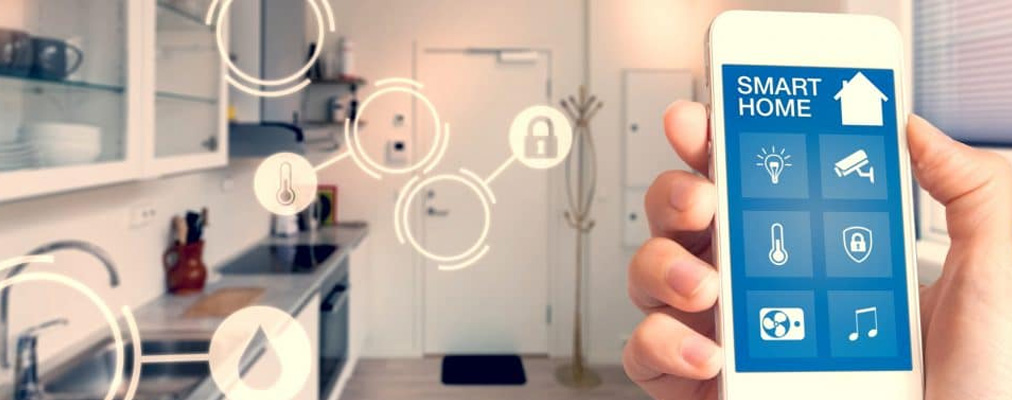Smart Home

A Printed Circuit Board (PCB) is a flat board made of insulating material (such as fiberglass or plastic) with conductive pathways etched onto its surface. PCBs are used to support and connect electronic components, including microchips, resistors, capacitors, and sensors.
In Smart Home technology, PCBs play a crucial role in creating the electronic circuits that control various devices, such as sensors, actuators, and controllers. These circuits can include components that regulate temperature, lighting, security, and entertainment systems. There are several different types of PCBs used in Smart Home technology, including single-layer, double-layer, and multi-layer PCBs. Single-layer PCBs are the simplest and most cost-effective type, while multi-layer PCBs can be more complex and offer higher density and better signal integrity.
Smart Home systems typically consist of various electronic components, such as sensors, microcontrollers, actuators, and communication modules, PCBs are used to interconnect these components by providing a platform for their connection and electrical power distribution. The PCB provides a reliable and stable connection between the different components, ensuring that the system operates as intended. PCBs are designed to be highly reliable and robust, which is critical in a Smart Home system where reliability is key. They are also optimized for low power consumption, which is essential in systems that run on batteries or other low-power sources.
And the use of PCBs in smart home systems can not only improve reliability and performance, but also reduce power consumption and cost. A more reliable and efficient system means less frustration for users and fewer maintenance costs. Lower power consumption means less money spent on energy bills, while the use of cost-effective PCBs can result in more affordable Smart Home systems.
The future of Smart Home technology is likely to be shaped by advances in PCB technology, which will enable new features and functions. Overall, the future of Smart Home technology is likely to be shaped by advances in PCB technology, as these technologies will enable new features and functions that were previously impossible. PCBs will continue to play a key role in the development of Smart Home technology, enabling more sophisticated and efficient systems that are tailored to meet the needs of users.